Nanocomposite-Based Electrode Structures for EEG Signal Acquisition
Abstract
:1. Introduction
2. Fabrication of Electrode Materials and Methods
2.1. Flexible Architectures for Printed Electrode Fabrication
2.2. Nanomaterials for Conductive Ink Formulation
2.3. Inkjet Printing
3. Methodology
3.1. Connecting the Arduino UNO to the Myoware Muscle Sensor
3.2. Pre-Processing
3.3. Feature Analysis of EEG Signal
3.3.1. Error Percentage
3.3.2. SNR (Signal-to-Noise Ratio)
3.3.3. Correlation Co-Efficient
3.4. Experimental Details
3.4.1. Chemicals and Reagents
3.4.2. Synthesis of GO
3.4.3. Preparation of GO/GL/PVA Composite Electrode
3.4.4. Application of the Sensor in Sensing Human Activities
4. Results and Discussion
EEG Signal
5. Conclusions
Author Contributions
Funding
Institutional Review Board Statement
Informed Consent Statement
Data Availability Statement
Acknowledgments
Conflicts of Interest
References
- Vajravelu, A.; Jamil, M.M.B.A.; Zaki, W.S.B.W.; Govindasamy, M. Survey and Analysis of Preprocessing Of EEG Signal. Ann. Rom. Soc. Cell Biol. 2021, 25, 2461–2488. Available online: https://www.annalsofrscb.ro/index.php/journal/article/view/5861/4523 (accessed on 21 August 2022).
- Christodoulides, P.; Miltiadous, A.; Tzimourta, K.D.; Peschos, D.; Ntritsos, G.; Zakopoulou, V.; Giannakeas, N.; Astrakas, L.G.; Tsipouras, M.G.; Tsamis, K.I.; et al. Classification of EEG signals from young adults with dyslexia combining a Brain Computer Interface device and an Interactive Linguistic Software Tool. Biomed. Signal Process. Control 2022, 76, 103646. [Google Scholar] [CrossRef]
- Rahman, M.M. Low-Cost and Efficient Nickel Nitroprusside/Graphene Nanohybrid Electrocatalysts as Counter Electrodes for Dye-Sensitized Solar Cells. Materials 2021, 14, 6563. [Google Scholar] [CrossRef] [PubMed]
- Choi, W.S.; Yeom, H.G. Studies to Overcome Brain–Computer Interface Challenges. Appl. Sci. 2022, 12, 2598. [Google Scholar] [CrossRef]
- Ashok, V.; Karthik, R.P.; Keerthana, K.M.; Roshinee, A.R. The survival of intellectual disabled subjects in social environment using BCI. In Proceedings of the 2018 International Conference on Intelligent Computing and Communication for Smart World (I2C2SW), Erode, India, 14–15 December 2018; pp. 181–184. [Google Scholar] [CrossRef]
- Liu, J.; Lin, S.; Li, W.; Zhao, Y.; Liu, D.; He, Z.; Wang, D.; Lei, M.; Hong, B.; Wu, H. Ten-hour stable noninvasive brain-computer interface realized by semidry hydrogel-based electrodes. Research 2022, 2022, 9830457. [Google Scholar] [CrossRef] [PubMed]
- Goyal, K.; Borkholder, D.A.; Day, S.W. A biomimetic skin phantom for characterizing wearable electrodes in the low-frequency regime. Sens. Actuators A Phys. 2022, 340, 113513. [Google Scholar] [CrossRef]
- Saha, T.; Sinha, S.; Harfoot, R.; Quiñones-Mateu, M.E.; Das, S.C. Manipulation of Spray-Drying Conditions to Develop an Inhalable Ivermectin Dry Powder. Pharmaceutics 2022, 14, 1432. [Google Scholar] [CrossRef] [PubMed]
- Niu, X.; Wang, L.; Li, H.; Wang, T.; Liu, H.; He, Y. Fructus Xanthii-Inspired Low Dynamic Noise Dry Bioelectrodes for Surface Monitoring of ECG. ACS Appl. Mater. Interfaces 2022, 14, 6028–6038. [Google Scholar] [CrossRef]
- Sciaraffa, N.; Di Flumeri, G.; Germano, D.; Giorgi, A.; Di Florio, A.; Borghini, G.; Vozzi, A.; Ronca, V.; Varga, R.; van Gasteren, M.; et al. Validation of a light EEG-based measure for real-time stress monitoring during realistic driving. Brain Sci. 2022, 12, 304. [Google Scholar] [CrossRef]
- Li, J.; Wang, Q. Multi-modal bioelectrical signal fusion analysis based on different acquisition devices and scene settings: Overview, challenges, and novel orientation. Inf. Fusion 2022, 79, 229–247. [Google Scholar] [CrossRef]
- Li, P.; Huang, J.; Li, M.; Li, H. Evaluation of flexible multi-claw and multi-channel semi-dry electrodes for evoked electroencephalography recording. Sens. Actuators A Phys. 2022, 340, 113547. [Google Scholar] [CrossRef]
- Aazem, I.; Mathew, D.T.; Radhakrishnan, S.; Vijoy, K.V.; John, H.; Mulvihill, D.M.; Pillai, S.C. Electrode materials for stretchable triboelectric nanogenerator in wearable electronics. RSC Adv. 2022, 12, 10545–10572. [Google Scholar] [CrossRef] [PubMed]
- Idumah, C.I. Recent advancements in conducting polymer bionanocomposites and hydrogels for biomedical applications. Int. J. Polym. Mater. Polym. Biomater. 2022, 71, 513–530. [Google Scholar] [CrossRef]
- Tang, Z.; He, H.; Zhu, L.; Liu, Z.; Yang, J.; Qin, G.; Wu, J.; Tang, Y.; Zhang, D.; Chen, Q.; et al. A general protein unfolding-chemical coupling strategy for pure protein hydrogels with mechanically strong and multifunctional properties. Adv. Sci. 2022, 9, 2102557. [Google Scholar] [CrossRef]
- Huang, Z.; Zhou, Z.; Zeng, J.; Lin, S.; Wu, H. Flexible electrodes for non-invasive brain–computer interfaces: A perspective. APL Mater. 2022, 10, 090901. [Google Scholar] [CrossRef]
- Xu, P.; Wang, C.; Zhao, B.; Zhou, Y.; Cheng, H. A high-strength and ultra-stable halloysite nanotubes-crosslinked polyacrylamide hydrogel electrolyte for flexible zinc-ion batteries. J. Power Sources 2021, 506, 230196. [Google Scholar] [CrossRef]
- Choy, T.; Baker, E.; Stavropoulos, K. Systemic racism in EEG Research: Considerations and potential solutions. Affect. Sci. 2022, 3, 14–20. [Google Scholar] [CrossRef]
- Liu, Y.; Wang, C.; Xue, J.; Huang, G.; Zheng, S.; Zhao, K.; Huang, J.; Wang, Y.; Zhang, Y.; Yin, T.; et al. Body Temperature Enhanced Adhesive, Antibacterial, and Recyclable Ionic Hydrogel for Epidermal Electrophysiological Monitoring. Adv. Healthc. Mater. 2022, 11, 2200653. [Google Scholar] [CrossRef]
- Cunha, J.D.; Nascimento, L.F.; Luz, F.S.; Garcia Filho, F.D.; Oliveira, M.S.; Monteiro, S.N. Titica Vine Fiber (Heteropsis flexuosa): A Hidden Amazon Fiber with Potential Applications as Reinforcement in Polymer Matrix Composites. J. Compos. Sci. 2022, 6, 251. [Google Scholar] [CrossRef]
- La, D.D.; Patwari, J.M.; Jones, L.A.; Antolasic, F.; Bhosale, S.V. Fabrication of a GNP/Fe–Mg binary oxide composite for effective removal of arsenic from aqueous solution. ACS Omega 2017, 2, 218–226. [Google Scholar] [CrossRef]
- Jeong, J.; Yoon, W.; Chung, B.; Jeon, G.; Ryu, S. Fabrication of eco-friendly graphene nanoplatelet electrode for electropolishing and its properties. Appl. Sci. 2021, 11, 3224. [Google Scholar] [CrossRef]
- Zhai, P.; Xuan, X.; Li, H.; Li, C.; Li, P.; Li, M. Boron and nitrogen co-doped vertical graphene electrodes for scalp electroencephalogram recording. Carbon 2022, 189, 71–80. [Google Scholar] [CrossRef]
- Xu, R.; She, M.; Liu, J.; Zhao, S.; Liu, H.; Qu, L.; Tian, M. Breathable Kirigami-Shaped Ionotronic e-Textile with Touch/Strain Sensing for Friendly Epidermal Electronics. Adv. Fiber Mater. 2022. [Google Scholar] [CrossRef]
- Nadar, P.M.; Merrill, M.A.; Austin, K.; Strakowski, S.M.; Halpern, J.M. The emergence of psychoanalytical electrochemistry: The translation of MDD biomarker discovery to diagnosis with electrochemical sensing. Transl. Psychiatry 2022, 12, 372. [Google Scholar] [CrossRef] [PubMed]
- Gao, M.; Wang, P.; Jiang, L.; Wang, B.; Yao, Y.; Liu, S.; Chu, D.; Cheng, W.; Lu, Y. Power generation for wearable systems. Energy Environ. Sci. 2021, 14, 2114–2157. [Google Scholar] [CrossRef]
- Han, F.; Li, M.; Ye, H.; Zhang, G. Materials, electrical performance, mechanisms, applications, and manufacturing approaches for flexible strain sensors. Nanomaterials 2021, 11, 1220. [Google Scholar] [CrossRef]
- Lian, M.; Huang, Y.; Liu, Y.; Jiang, D.; Wu, Z.; Li, B.; Xu, Q.; Murugadoss, V.; Jiang, Q.; Huang, M.; et al. An overview of regenerable wood-based composites: Preparation and applications for flame retardancy, enhanced mechanical properties, biomimicry, and transparency energy saving. Adv. Compos. Hybrid Mater. 2022, 5, 1612–1657. [Google Scholar] [CrossRef]
- Chaturvedi, A.; Kundu, P.P. Enhancing sustainable bioelectricity generation using facile synthesis of nanostructures of bimetallic Co–Ni at the combined support of halloysite nanotubes and reduced graphene oxide as novel oxygen reduction reaction electrocatalyst in single-chambered microbial fuel cells. Int. J. Hydrogen Energy 2022, 47, 29413–29429. [Google Scholar]
- Stauffer, F.; Thielen, M.; Sauter, C.; Chardonnens, S.; Bachmann, S.; Tybrandt, K.; Peters, C.; Hierold, C.; Vörös, J. Skin conformal polymer electrodes for clinical ECG and EEG recordings. Adv. Healthc. Mater. 2018, 7, 1700994. [Google Scholar] [CrossRef]
- Huang, H.; Yao, J.; Li, L.; Zhu, F.; Liu, Z.; Zeng, X.; Yu, X.; Huang, Z. Reinforced polyaniline/polyvinyl alcohol conducting hydrogel from a freezing–thawing method as self-supported electrode for supercapacitors. J. Mater. Sci. 2016, 51, 8728–8736. [Google Scholar] [CrossRef]
- De Paepe, K.; Wibaux, A.; Ward, C.; Rogiers, V. Skin efficacy and biophysical assessment of glycerol-containing hydrocolloid patches. Ski. Pharmacol. Physiol. 2009, 22, 258–265. [Google Scholar] [CrossRef] [PubMed]
- Cataldi, P.; Athanassiou, A.; Bayer, I.S. Graphene Nanoplatelets-Based Advanced Materials and Recent Progress in Sustainable Applications. Appl. Sci. 2018, 8, 1438. [Google Scholar] [CrossRef] [Green Version]
- Derakhshi, M.; Daemi, S.; Shahini, P.; Habibzadeh, A.; Mostafavi, E.; Ashkarran, A.A. Two-dimensional nanomaterials beyond graphene for biomedical applications. J. Funct. Biomater. 2022, 13, 27. [Google Scholar] [CrossRef] [PubMed]
- Kumar, Y.A.; Kumar, K.D.; Kim, H.J. Reagents assisted ZnCo2O4 nanomaterial for supercapacitor application. Electrochim. Acta 2020, 330, 135261. [Google Scholar] [CrossRef]
- Wu, P.; Wang, D.; Ning, J.; Zhang, J.; Feng, X.; Dong, J.; Hao, Y. Novel 3D porous graphene/Ni3S2 nanostructures for high-performance supercapacitor electrodes. J. Alloys Compd. 2018, 731, 1063–1068. [Google Scholar] [CrossRef]
- Sambasivam, S.; Raghavendra KV, G.; Yedluri, A.K.; Arbi, H.M.; Narayanaswamy, V.; Gopi, C.V.; Choi, B.C.; Kim, H.J.; Alzahmi, S.; Obaidat, I.M. Facile fabrication of MnCo2O4/NiO flower-like nanostructure composites with improved energy storage Capacity for High-Performance Supercapacitors. Nanomaterials 2021, 11, 1424. [Google Scholar] [CrossRef]
- Omrani, E.; Moghadam, A.D.; Kasar, A.K.; Rohatgi, P.; Menezes, P.L. Tribological performance of Graphite nanoplatelets reinforced Al and Al/Al2O3 self-lubricating composites. Materials 2021, 14, 1183. [Google Scholar] [CrossRef]
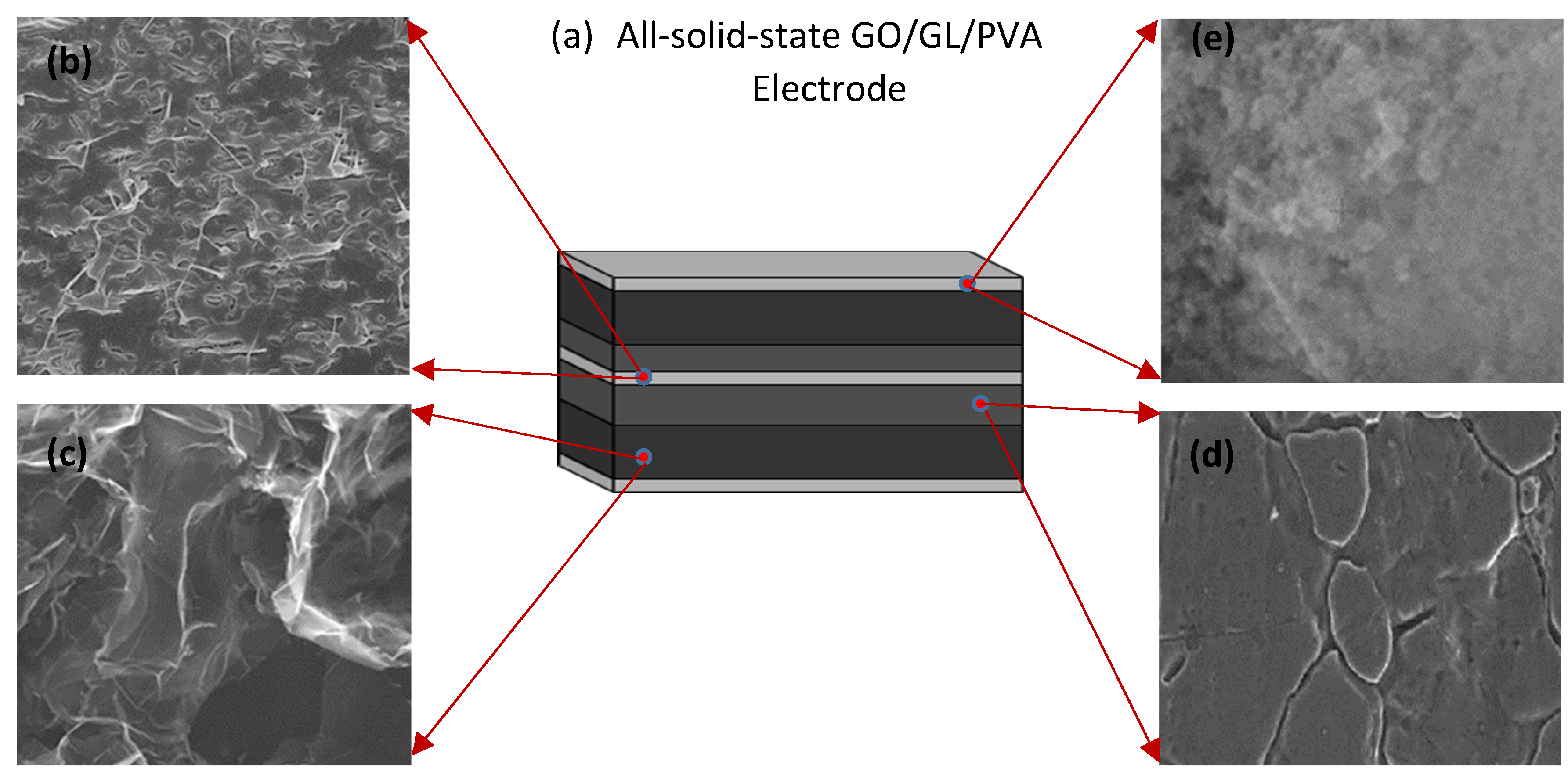
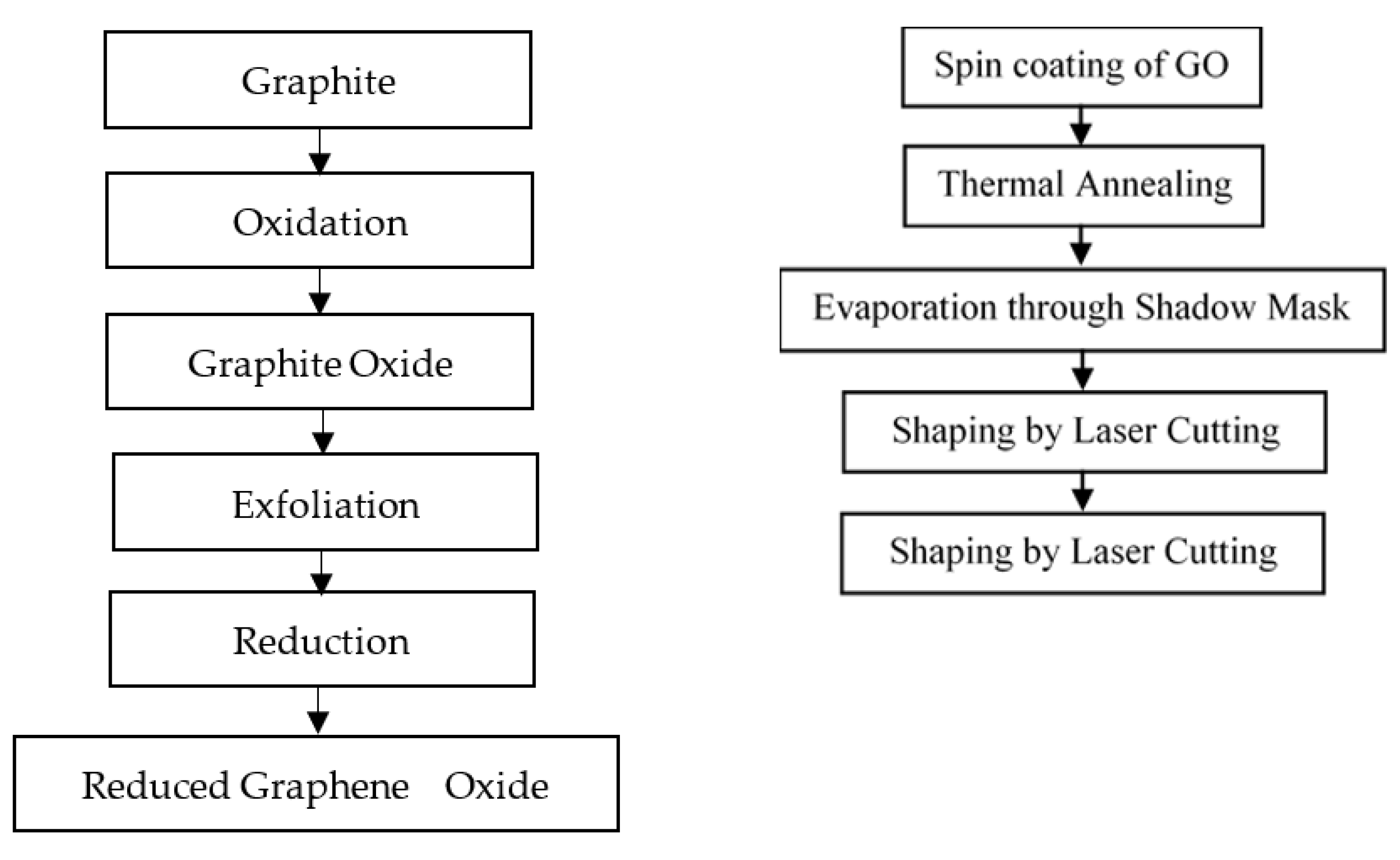

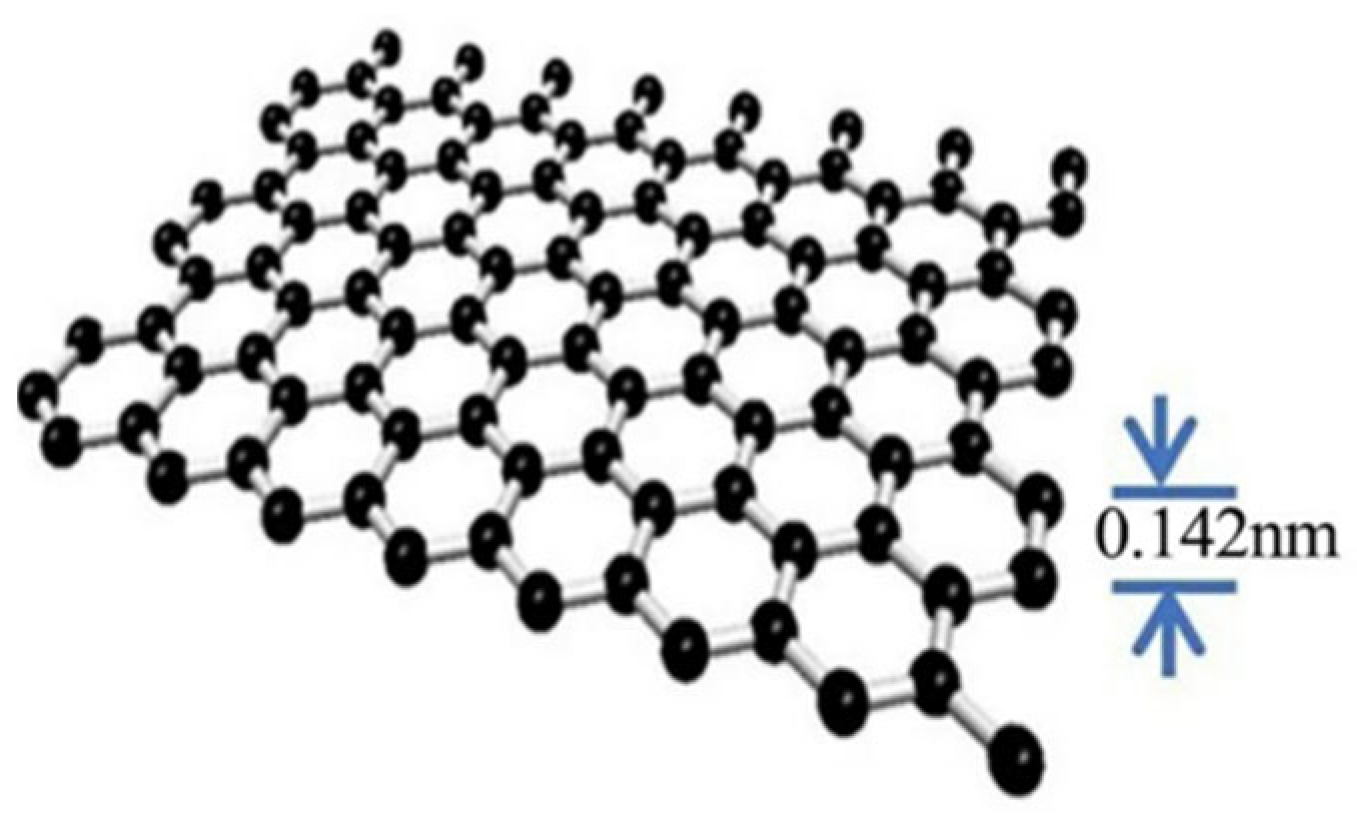
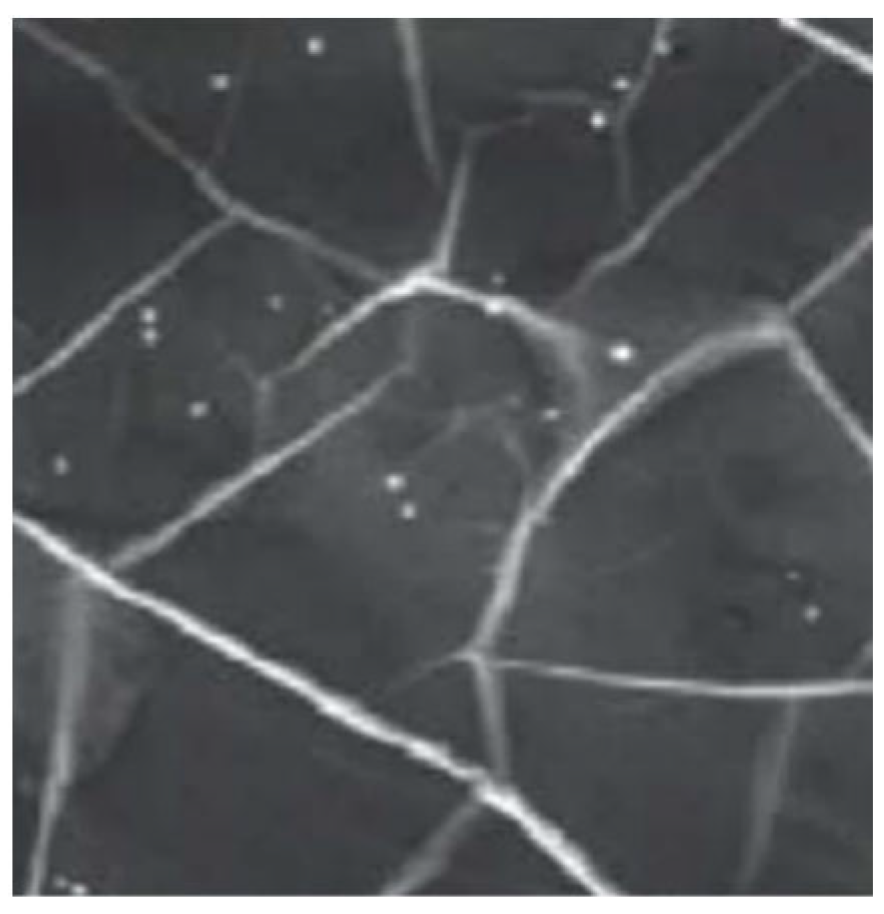

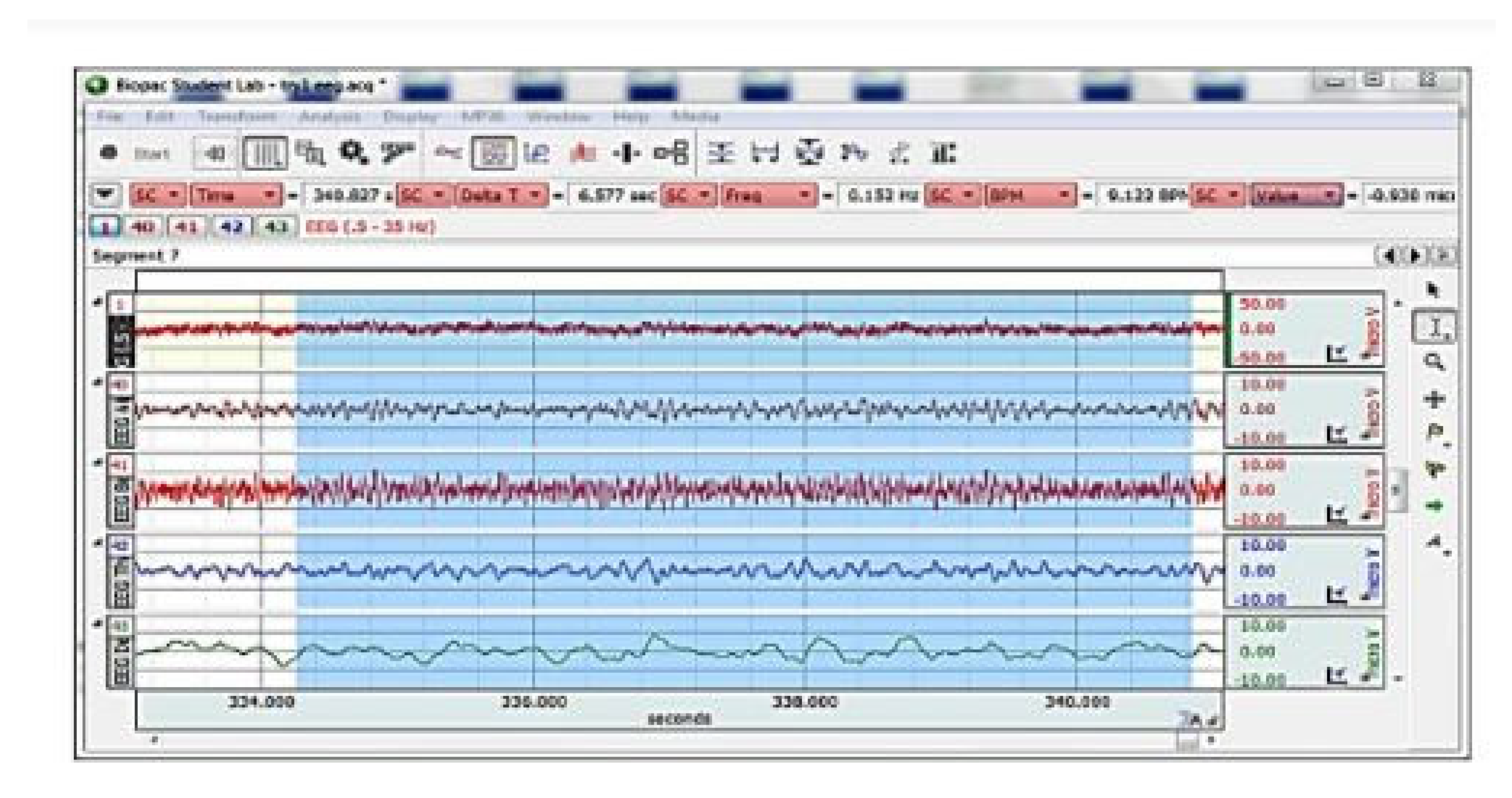

| Age Below 10 | Error % | Correlation Coefficient | SNR |
|---|---|---|---|
| Agcl | 1.2375 | ||
| 1.5:1.5 | 2.34% | 0.99954 | 2.37 |
| 2:1 | 0.7305 | 0.9981 | −3.0572 |
| 3:0 | 1.64 | 0.9994 | −0.1781 |
| Age 20s | Error % | Correlation Coefficient | SNR |
|---|---|---|---|
| Agcl | 0.8759 | ||
| 1.5:1.5 | 2.91% | 0.998 | −1.23 |
| 2:1 | 0.47 | 0.997 | −1.04 |
| 3:0 | 3.2 | 0.9982 | 3.76 |
| Age 40s | Error % | Correlation Coefficient | SNR |
|---|---|---|---|
| Agcl | 4.35 | ||
| 1.5:1.5 | 3.42% | 0.997 | −4.83 |
| 2:1 | 1.68 | 0.998 | −1.99 |
| 3:0 | 3.3 | 0.995 | 6.88 |
| Age 60s | Error % | Correlation Coefficient | SNR |
|---|---|---|---|
| Agcl | 6.91 | ||
| 1.5:1.5 | 1.11% | 0.9975 | −7.73 |
| 2:1 | 0.87 | 0.9903 | 11.5 |
| 3:0 | 0.764 | 0.9936 | 9.74 |
Publisher’s Note: MDPI stays neutral with regard to jurisdictional claims in published maps and institutional affiliations. |
© 2022 by the authors. Licensee MDPI, Basel, Switzerland. This article is an open access article distributed under the terms and conditions of the Creative Commons Attribution (CC BY) license (https://creativecommons.org/licenses/by/4.0/).
Share and Cite
Vajravelu, A.; Abdul Jamil, M.M.B.; Abd Wahab, M.H.B.; Wan Zaki, W.S.B.; Vinod, V.M.; Ramasamy Palanisamy, K.; Nageswara Rao, G. Nanocomposite-Based Electrode Structures for EEG Signal Acquisition. Crystals 2022, 12, 1526. https://doi.org/10.3390/cryst12111526
Vajravelu A, Abdul Jamil MMB, Abd Wahab MHB, Wan Zaki WSB, Vinod VM, Ramasamy Palanisamy K, Nageswara Rao G. Nanocomposite-Based Electrode Structures for EEG Signal Acquisition. Crystals. 2022; 12(11):1526. https://doi.org/10.3390/cryst12111526
Chicago/Turabian StyleVajravelu, Ashok, Muhammad Mahadi Bin Abdul Jamil, Mohd Helmy Bin Abd Wahab, Wan Suhaimizan Bin Wan Zaki, Vibin Mammen Vinod, Karthik Ramasamy Palanisamy, and Gousineyah Nageswara Rao. 2022. "Nanocomposite-Based Electrode Structures for EEG Signal Acquisition" Crystals 12, no. 11: 1526. https://doi.org/10.3390/cryst12111526
APA StyleVajravelu, A., Abdul Jamil, M. M. B., Abd Wahab, M. H. B., Wan Zaki, W. S. B., Vinod, V. M., Ramasamy Palanisamy, K., & Nageswara Rao, G. (2022). Nanocomposite-Based Electrode Structures for EEG Signal Acquisition. Crystals, 12(11), 1526. https://doi.org/10.3390/cryst12111526





